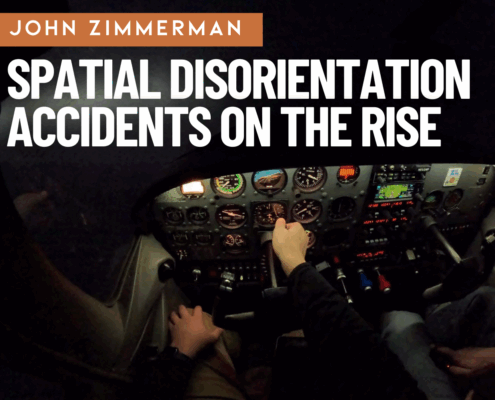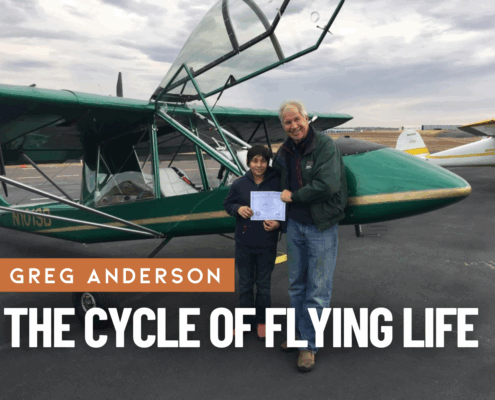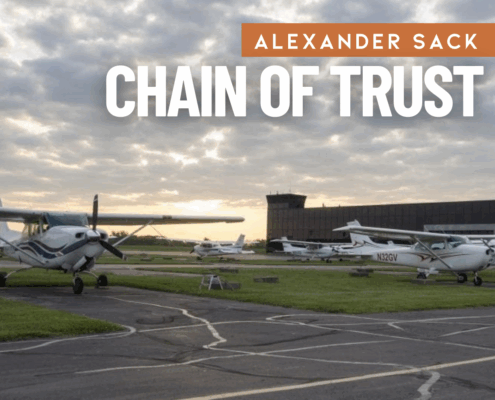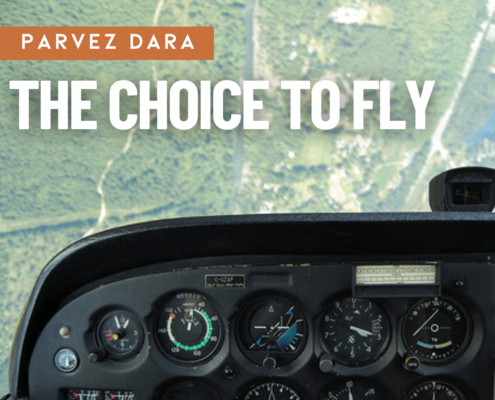 https://media.airfactsjournal.com/wp-content/uploads/2024/11/07112122/AF-title-image-learned-about-flying-from-him.png
1000
1250
Kurt Selbert
https://media.airfactsjournal.com/wp-content/uploads/2024/09/03140241/AF_Logo_24.png
Kurt Selbert2024-11-27 08:55:502024-11-07 14:33:55I Learned About Flying from Him
https://media.airfactsjournal.com/wp-content/uploads/2024/11/07112122/AF-title-image-learned-about-flying-from-him.png
1000
1250
Kurt Selbert
https://media.airfactsjournal.com/wp-content/uploads/2024/09/03140241/AF_Logo_24.png
Kurt Selbert2024-11-27 08:55:502024-11-07 14:33:55I Learned About Flying from HimNEW ARTICLES
OUR MOST RECENT POSTS
Air Facts was first published in 1938 by Leighton Collins, dedicated to “the development of private air transportation.” It’s a different world now, and it’s a different Air Facts. Relaunched in 2011 as an online journal, Air Facts still champions, educates, informs and entertains pilots worldwide with real-world flying experiences. More…
 https://media.airfactsjournal.com/wp-content/uploads/2024/11/07112122/AF-title-image-learned-about-flying-from-him.png
1000
1250
Kurt Selbert
https://media.airfactsjournal.com/wp-content/uploads/2024/09/03140241/AF_Logo_24.png
Kurt Selbert2024-11-27 08:55:502024-11-07 14:33:55I Learned About Flying from Him
https://media.airfactsjournal.com/wp-content/uploads/2024/11/07112122/AF-title-image-learned-about-flying-from-him.png
1000
1250
Kurt Selbert
https://media.airfactsjournal.com/wp-content/uploads/2024/09/03140241/AF_Logo_24.png
Kurt Selbert2024-11-27 08:55:502024-11-07 14:33:55I Learned About Flying from Him
Air Facts IFR Challenge
QuizWelcome to our IFR Challenge—a quiz designed for seasoned pilots who are ready to put their instrument knowledge to the test. Whether you’re a regular in the clouds or preparing for an upcoming IPC, this quiz will dig deep into the nuances of IFR flight. We’ve included questions that cover everything from clearances to complex arrival procedures.

How and Why I Became a Military Writer
History, OpinionI was consumed with an overwhelming desire to tell the story of the men who gave so much of themselves in the Vietnam War, the most unpopular war in American history. I wrote because I wanted these men to live in more than the minds of their loved ones or their comrades, I wanted them to live in the minds of the next generation and to inspire those who are considering joining the aviation community.

Don’t Get Stuck—Avoiding Breakdowns and Delays
OpinionRunning the battery down by leaving the battery or master switch on is, arguably, the most common reason for a departure delay. I use a “Parking” or “Shutdown Checklist” before deplaning to avoid this. Some pilots leave the rotating beacon on after shut down as a clue that the battery switch was left on. Full service FBOs will have external power available to get you going quickly if the battery is dead.

Another reason to fly—Young Eagles
OpinionShortly after earning my Private pilot certificate, I had a pilot friend who invited me to a local EAA chapter meeting. The group is primarily focused on aircraft building. I had no interest in building an aircraft but I was, however, very interested in taking kids for the first airplane ride. I was then introduced to the chapter's Young Eagle flight coordinator.

Friday Photo: Sunset Over the Ozarks
Friday PhotoPilots in this area are so fortunate to have private strip owners who will share their beautiful landing locations. I was lucky enough to make landings at three of the available strips. There have been times when the wildlife refused to leave their grazing spots, as I’m forced to enjoy a low pass. Still, never a bad way to spend the evening.
John’s Blog

Why are spatial disorientation accidents on the rise?
John's blogResearchers from the FAA show that SD accidents have not declined since 2003—in fact, quite the opposite. You might assume the widespread adoption of tools like datalink weather, modern autopilots, reliable AHRS, and electronic flight bag apps would make VFR-into-IMC (the classic SD accident scenario) much less common. It’s a great theory, but the numbers don’t support it.

The aviation community is alive and well
John's blogBefore the expletive could even leave my mouth, one of the FBO employees offered to lend me the crew car. I assumed the crew car option would be impossible, or at least impossibly bad manners, since the round trip would be nearly two hours and the FBO was closing soon. But he wouldn’t hear it: “take all the time you need and just drop the keys off with the night security guard. We appreciate your business.”

The Starlink era is here—will we regret it?
John's blogThis promises to be a major advancement in cockpit technology, with benefits for pilots and passengers alike. But before diving headfirst into the Starlink pool, it would be wise to pause for just a moment and contemplate what we might lose. Don’t worry, I’m no Luddite and I’m not here to scare anyone away from an exciting new gadget. I am, however, an observer with enough experience to have seen technological breakthroughs bring unintended consequences. I fear that may happen here.
I Can’t Believe I Did That

A Quarter Tank and a Prayer
I Can't Believe I Did ThatI was watching the fuel gauges drop before my eyes. I elected to continue to ECG rather than turn back. I was on a direct course. The Norfolk controller wished me luck—not the most reassuring sign—and handed me off to ECG Tower, who had already been briefed.

Trial by Ice
I Can't Believe I Did That, I was thereThe most valuable lesson I learned from the “School of Hard Knocks” had nothing to do with weather or instrument flying. The “trial by ice” was a lesson in the awesome responsibility that comes from occupying the left seat of an airplane, regardless of its size. It also taught me to recognize those rare and unusual emergency situations when going by the book is not safe, and when deviating from standard operating procedures or the Federal Air Regulations is not only warranted, but imperative.

I Am UNSAFE Checklist—Lessons Learned on a Fateful Night
I Can't Believe I Did ThatVery soon I was on the approach and thought I could still make 06C. The ATIS called out the overcast at 800’ AGL, the minimum I needed (mistake #5—not mine, but it counted anyway.) I held at 800’, assuming I’d see the runway lights below me and then I could continue to 06C. As I crossed the runway threshold, it was solid IMC and I had to go missed. I asked the Tower what the current ceiling was, and the response was that the ATIS was old and the ceiling was actually 400’ and you’ll have to go around.
Opinion

The Cycle of Flying Life
OpinionMemories of first flights will include astonishing detail. That first transition—from wheels to wings—is a sensory overload, an oh-my-gosh experience. Most will remember where, when, and what type airplane. Sights, sounds, even smells. And, of course, special thoughts are reserved for the pilot who gave them their first flight.

Chain of Trust
OpinionIf there is one aspect of general aviation I’ve learned over my relatively short stint aloft, it’s that the safety of any flight is not just dependent solely on the decisions I make, but also on the ones others have made for me—without my knowledge or even consent. In fact, all of general aviation relies on an implicit chain of trust that, when broken, can and does result in dire consequences.

The Choice to Fly
OpinionNow we were nose-down, spinning, and rapidly losing altitude. The earth swirled in the windshield, the tall pines below getting closer. I don’t remember how many turns we made, but somewhere between the second one and the top of those trees, he cut the power and stopped the rotation. We were still descending fast. Sweat poured down my face, driven by the sudden surge of fear, my novice brain gripped by self-preservation.
More Articles
Recent Posts
Email newsletter
Write for us!
Did you know that most of the articles at Air Facts are written by readers like you? You do not have to be Richard Collins or Ernest Gann – simply a GA pilot with a story you’d share with friends sitting in the hangar.

